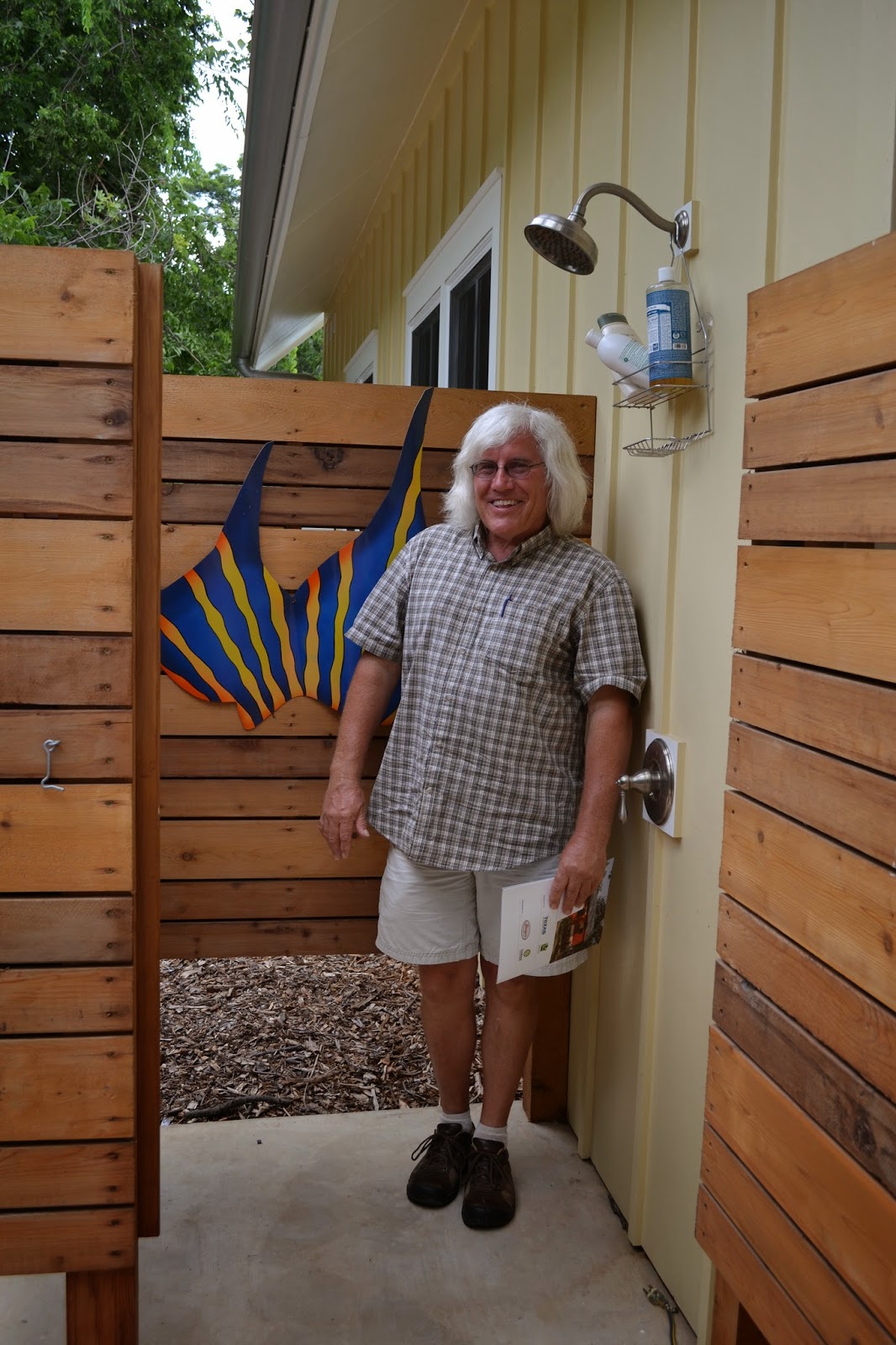Suppose at your annual
checkup you found that your blood pressure, steady for years at 120/80, had
suddenly risen to 170/115. Wouldn’t you
be curious what caused the increase?
Wouldn’t you be worried about possible consequences? So the doctor walks in and you start to ask
what you should do but she interrupts, ”Blood pressure is natural. Without blood pressure you would be in shock
and die.”
True, you ponder, but more is
not always better. Doesn’t untreated
high blood pressure lead to strokes and heart disease? The doctor continues, “Maybe you will be
fine. We don’t know for sure that you
will have a stroke. Ninety seven percent
of doctors think that very high blood pressure should be treated but I think that
blood pressure is very complicated and we should not be interfering in this
process which is beyond our capacity to control. Let’s leave the outcome to Providence.”
At this point you, a prudent
patient, will most likely want a second opinion, but some people would really
rather continue with the current carefree lifestyle and enjoy the potato chips,
so they happily accept the comfortable message of denial.
You have surely figured out
that I am not talking about blood pressure.
The silly story above is a metaphor for our situation with atmospheric
carbon dioxide (CO2). For the last
800,000 years the concentration of CO2 in the atmosphere has remained steady at
about 280 parts per million (ppm). Since
humans began burning fossil fuels for energy, atmospheric CO2 has risen sharply
and now hovers around 400 ppm. Not that
400 ppm of CO2 is intrinsically dangerous; far from it. A classroom full of children, all exhaling
regularly, will easily top 800 ppm. So
if nobody is dropping dead, what’s the big deal?
The rising CO2 level is like
our atmospheric check engine light has come on, telling us that something has
seriously changed and if we don’t get to the garage pretty quick there could be
some permanent damage. For an example,
over 60% of the calories that people consume are from rice, maize, and
wheat. All three crops were developed during
the last 10,000 years in a constant atmosphere of 280 ppm CO2. We don’t know yet how they will respond to a
changing climate. If you like to eat,
and seven billion of us do, that could turn out to be a very important question.
Human nature being what it
is, we deal with day to day emergencies as they come up and frequently ignore
situations that might cause problems in the future. Global climate change involves organic chemistry,
and who can do chemistry during these times of cross border terrorists and
Ebola fever?
Dr. Joshua Long, professor of
environmental studies at Southwestern, has a personal stake in keeping Texas’
climate healthy. His family owns 600 acres
of ranchland in Bastrop county, on which they raise grass fed beef. Josh would like his 5 year old daughter, and
her children, to continue ranching. But
if central Texas continues to get hotter and drier, cattle ranching will no
longer be an option, and the Long family might have to sell out to developers,
replacing the green pastures with endless rows of single family dwellings with xeriscaped
yards.
Dr. Long, a geographer by
training, studies how people interact with their local environment. He is currently writing a book on Texas
environmental policy: what made us
choose this particular path for development, why do oil and gas provide 15% of
our gross state product? Why does Texas,
with an abundance of natural gas, burn so much coal that we emit more greenhouse
gas and mercury pollution than any other state.
He is interested in figuring out how we might chart a new path into the
future that would be just as lucrative, but more sustainable, than the one we
are on now. I asked him to define the
overused word “sustainable”. He laughed because
there are 26 million differing opinions about Texas environmental policy. Dr. Long, who calls himself an independent
voter, laments the idea that Democrats are considered pro-environment and
Republicans pro-business, a dichotomy that makes no sense. A businessman has to protect his resources
and an environmentalist has to make a living.
We all worry about water and lament the invasion of bastard
cabbage. Surely we could find some common
ground on stewardship of the atmosphere.
On Thursday, September 18 at
7 pm in the main sanctuary at First United Methodist Church, Dr. Long will
conduct a seminar titled “What’s The Big Fuss About Climate Change?” He will discuss likely effects of climate
change in Texas and discuss actions we might take to mitigate adverse
effects. People of all political
persuasions are welcome to attend and participate in a lively discussion of
science and politics.


